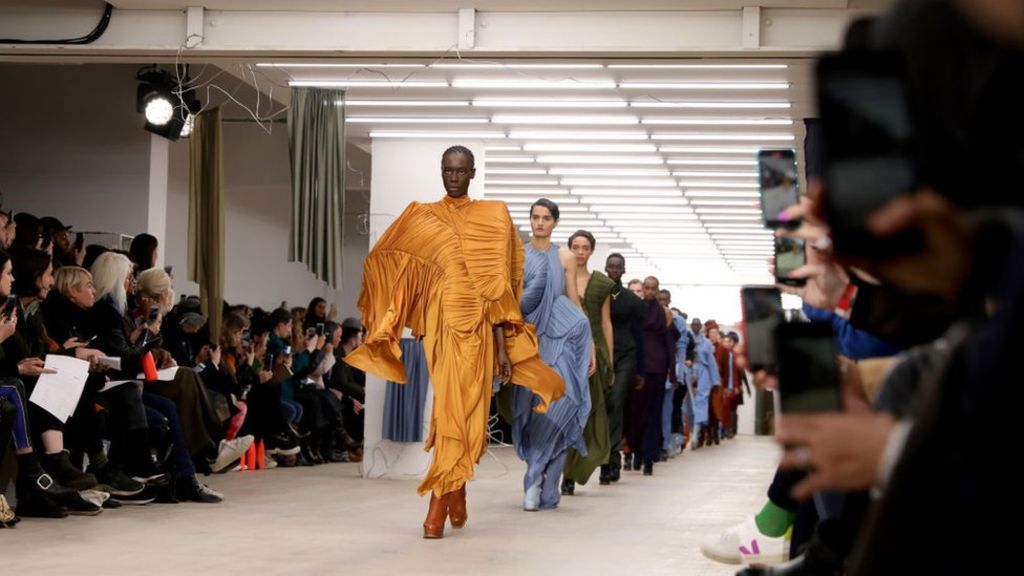We’ve already seen the long-term negative impact that Covid-19 has had on the fashion industry, but we are starting to see the potential upside of these changes.

We are in a pivotal moment in fashion history. One that could rectify and evolve the fundamentals of the fashion industry for the better. This unique situation is influencing the shift in customer values and retail behaviour. The shift from fast fashion to a more sustainable slow fashion.
Many businesses are struggling because of both short and long term impacts of Covid-19. With Social distancing people are staying at home and away from shops. Putting a strain on the fashion industry, resulting in store closures and staff being stood down. It is not just the stores that are feeling the strain but equally production facilities are too. As they slow down or shut down the facilities, which is placing serious pressure on supply chains to satisfy demand.
Business of Fashion estimates that “in 2020, the $2.5 Trillion global fashion industry will contract up to 30%”.
With pressure on the fashion industry to change underlying issues that pre-date Covid-19, such as production waste, labour exploitation and over-consumption. It is dreadful that it took a global crisis to get us thinking about these issues in a public domain. As we try to return to a “new normal” hopefully we use this opportunity to re-think and reinvent how we approach fashion in a more transparent way.
With both internal and external drivers changing consumer behaviour, customers are tired and not impressed or influenced by celebrity culture like they were previously. We’re not saying it’s the end of flashy trends but we are advising that people’s purchasing decisions are evolving as we are seeing a shift in awareness of clothing as a resource rather than a commodity.
While the generational divide still exists, we are seeing a transferal of old shopping mentality to a more millennial approach in buyer behaviour. As buyers are consciously seeking out labels and brands that have and are developing a system where supply, production and consumption reduce the negative impact rather than increase it.
Customers are focusing more on sustainability and the quality of garments rather than the seasonality of fast fashion and single-use behaviour. Buyers want long-lasting timeless pieces that not only look good but make the wearer feel good, knowing they are helping change the industry for the better.
Sustainability as a priority has and continues to be centre-stage for many, as evolving consumer habits will increase the demand for and support of independent designers; consequently producing higher-quality, sustainable garments in circular economies.
Business of Fashion found an “increase in online sales during lockdown as consumers are pivoting to online spending”.
Online stores have become the primary touch-point for customers and brands to interact. For businesses to survive Covid-19 they will need to get closer to their customers. To not only drive sales but to understand their customer’s desires and interests. Technology is key to understanding and communicating what customers really want. To do this brands will need to provide a high-quality and faultless online retail experience as online shopping becomes the norm rather than the exception.
So as we are at this pivotal point in fashion history, are we going to rectify and evolve the fashion industry for the better? Only time will tell. My hope is that we use this opportunity to make the shift from the old world view of fashion, to a new and improved sustainable world of fashion.
Subscribe to FIB’s Weekly Alchemy Report for your weekly dose of music, fashion and pop culture news!







